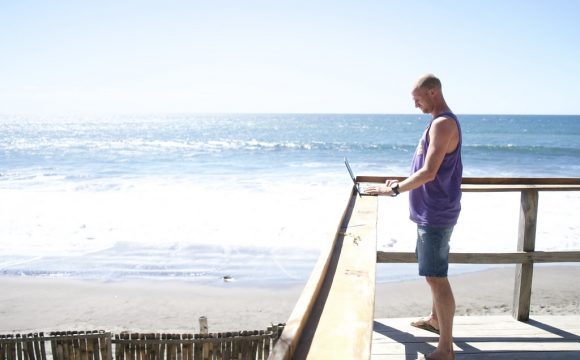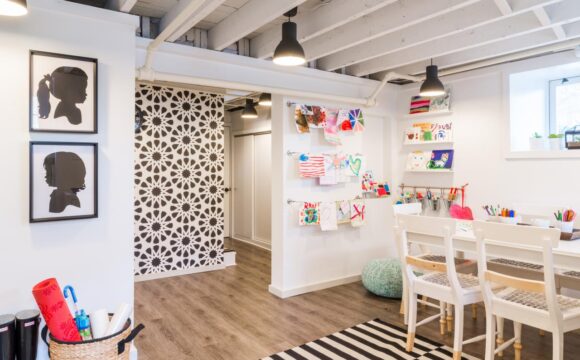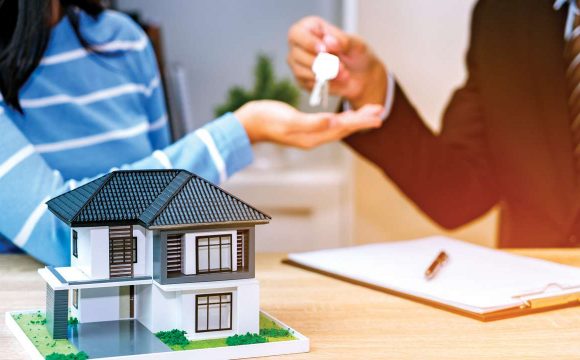In the world of interior design, few elements can transform a space quite like decorative mouldings. These intricate details have been used for centuries to add elegance and sophistication to homes and public buildings alike. Among the diverse materials available today, polyurethane mouldings stand out for their versatility and durability. In this blog, we’ll explore how these timeless features continue to captivate designers while adapting seamlessly into modern Thai interiors.
Decorative polyurethane mouldings have long been cherished for their ability to infuse spaces with character and charm. Originating as an alternative to traditional plaster or wood, these mouldings offer the same aesthetic appeal but with added benefits. They are lightweight yet sturdy, making them easy to install on various surfaces without compromising on detail or finish. In Thai architecture, where historic reverence meets contemporary innovation, polyurethane mouldings provide an elegant bridge between past traditions and current trends.
In Thailand’s vibrant cities, where skyscrapers meet ornate temples, homeowners are increasingly turning to decorative details as a way to personalise living spaces. Polyurethane’s flexibility allows for intricate designs that can echo the ornate carvings found in traditional Thai structures. Whether enhancing a minimalist condo in Bangkok or adding depth to a tropical retreat in Chiang Mai, these mouldings effortlessly complement any setting. Furthermore, the inclusion of precast floor molding (known as บัวพื้นสำเร็จรูป in Thai) not only adds a touch of luxury but also serves as a practical solution for seamless transitions between different flooring materials.
The adaptability of polyurethane is particularly advantageous in Thailand’s humid climate—a factor that often challenges other decorative materials like wood or plaster. Unlike its counterparts, polyurethane resists warping and swelling caused by moisture, ensuring lasting beauty even in less forgiving environments. This makes it an ideal choice for both residential projects and large commercial developments seeking durability without sacrificing style.
One cannot overlook the sustainability aspect that polyurethane brings into play within interior design—a growing concern among eco-conscious Thais who seek environmentally friendly options. Many manufacturers now produce these mouldings using processes that minimise waste and energy consumption whilst still achieving high-quality finishes reminiscent of natural materials. By choosing such sustainable options, designers contribute positively towards greener living spaces without compromising on aesthetics.
Moreover, with global influences continually shaping Thailand’s cultural tapestry—melding Western minimalism with Eastern opulence—decorative polyurethane mouldings offer endless possibilities for creative expression. Designers can mix classical motifs with modern lines or blend subtle accents from different eras within a single room layout; indeed, this material encourages imaginative ventures that reflect personal tastes while respecting cultural heritage.
Decorative polyurethane mouldings possess an enduring allure rooted deeply in their ability to merge beauty with functionality—a key reason why they remain popular across diverse architectural styles worldwide including those found throughout Thailand today. Their capacity to withstand environmental challenges coupled with sustainable production methods ensures they will continue being integral components within both historical restorations and pioneering designs alike well into future generations’ creative endeavours.








